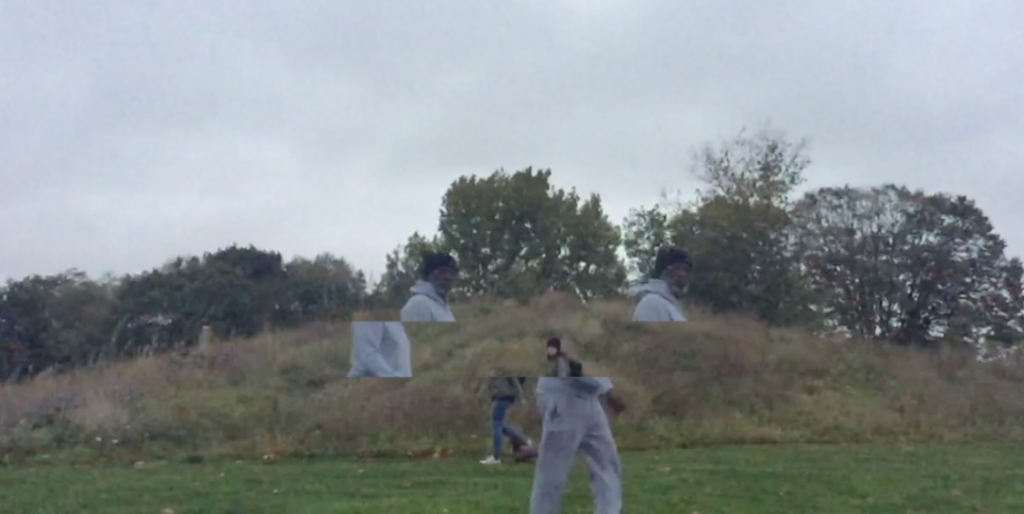When looking at the website for Swiss Art and Design college ECAL, I recently saw a piece by a Fine Art undergrad student (I couldn’t find a name anywhere) that involved a live camcorder placed on top of a monitor, both facing the same way, with a small plastic Maneki Neko (Japanese waving cat figure) facing it. The cat would wave to its digital counterpart, and sure enough the reflection would wave back a split second later. In seeming response to this (although its of course not in response at all) the real cat would wave again, and the digital image follow suit. This seeming interaction between something inanimate and non-sentient and its image displayed back at it (made through equally non-sentient electrical signals) was really quite bizarre to me.
 (1)
(1)
I want to do something similar with a landscape. We as humans get so much pleasure out of landscapes. We walk them, photograph them and paint them all the time, but the earth itself knows not of it, or at least why we are so interested in it aesthetically. I thought it could be nice to allow the landscape to see itself, to use this same technique to show it what it looks like regardless of whether it can look or not.
If I were to do this, I would use a camcorder and a monitor rather than a mirror. I want to have a slight delay between action and reaction (not that I’m expecting too much movement to occur). I would also record the footage. This of course would be received extremely differently by a human audience in a gallery/studio setting than it would when in the context of acting as a live mirror – would its level of importance change with its role? I want to use this to explore the importance of simultaneity and ‘live-ness’ when looking at footage, as opposed to it being a record of something past.
This brings in questions surrounding site specify, something that I am interested in dealing with. The idea is summed up within the first few pages of Nick Kaye’s book entitled, ‘Site-Specific Art: Performance, Place, Documentation’
 (2)
(2)


(3)
- I have considered some variations of showing the landscape an image of itself, such as showing one side of a hill the other, or showing the mouth of a river its source. I will try to do all of these, but as it involves electricity in remote locations as well as wireless device-to-device communication, it could be tricky.
(1) Artist Unknown, Ecole cantonale d’art de Lausanne, Diploma Bachelor AV
http://www.ecal.ch/en/3262/studies/bachelor/fine-arts/presentation/diploma-bachelor-av
(2) Kaye, N. (2000) Site-specific art: performance, place and documentation, Routledge, London
(3) Kaye, N. (2000) Site-specific art: performance, place and documentation, Routledge, London
